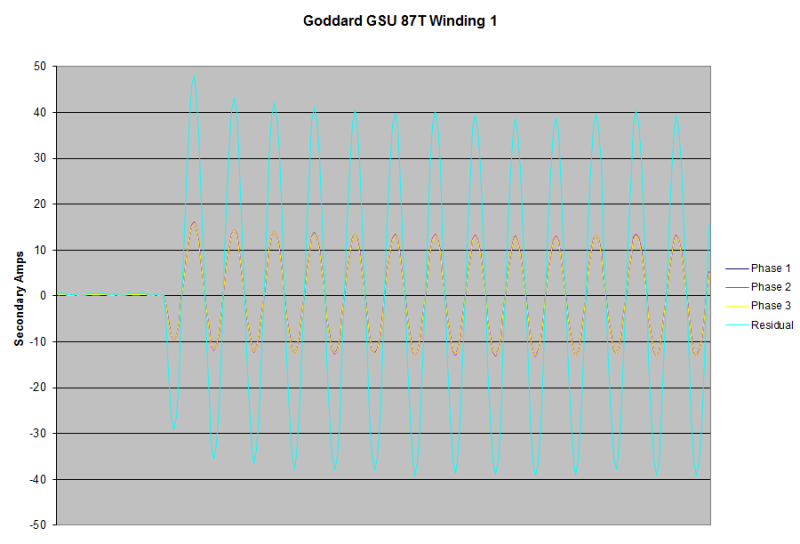111R
Electrical
- May 4, 2012
- 114
If I have line current magnitudes and angles for A, B, and C phase current, how can I calculate the current flowing through the individual windings in a delta winding?
Follow along with the video below to see how to install our site as a web app on your home screen.
Note: This feature may not be available in some browsers.

